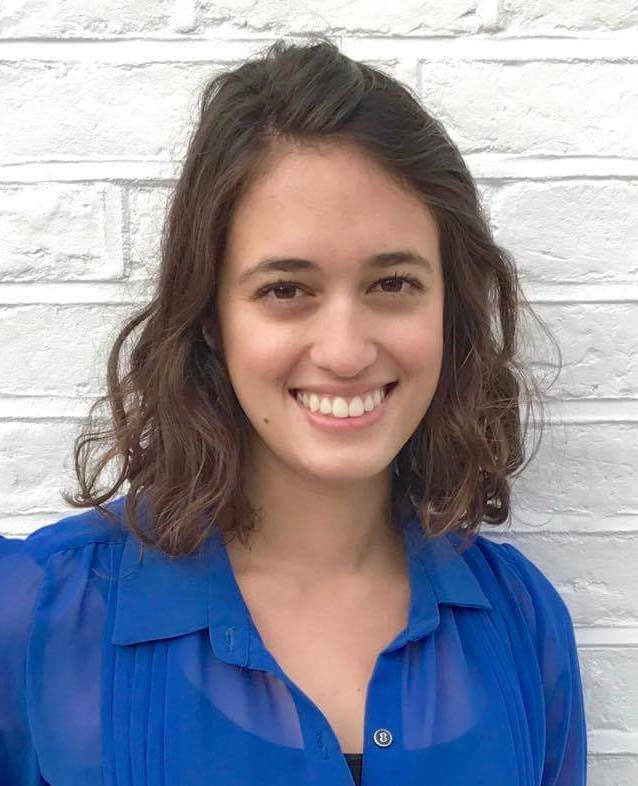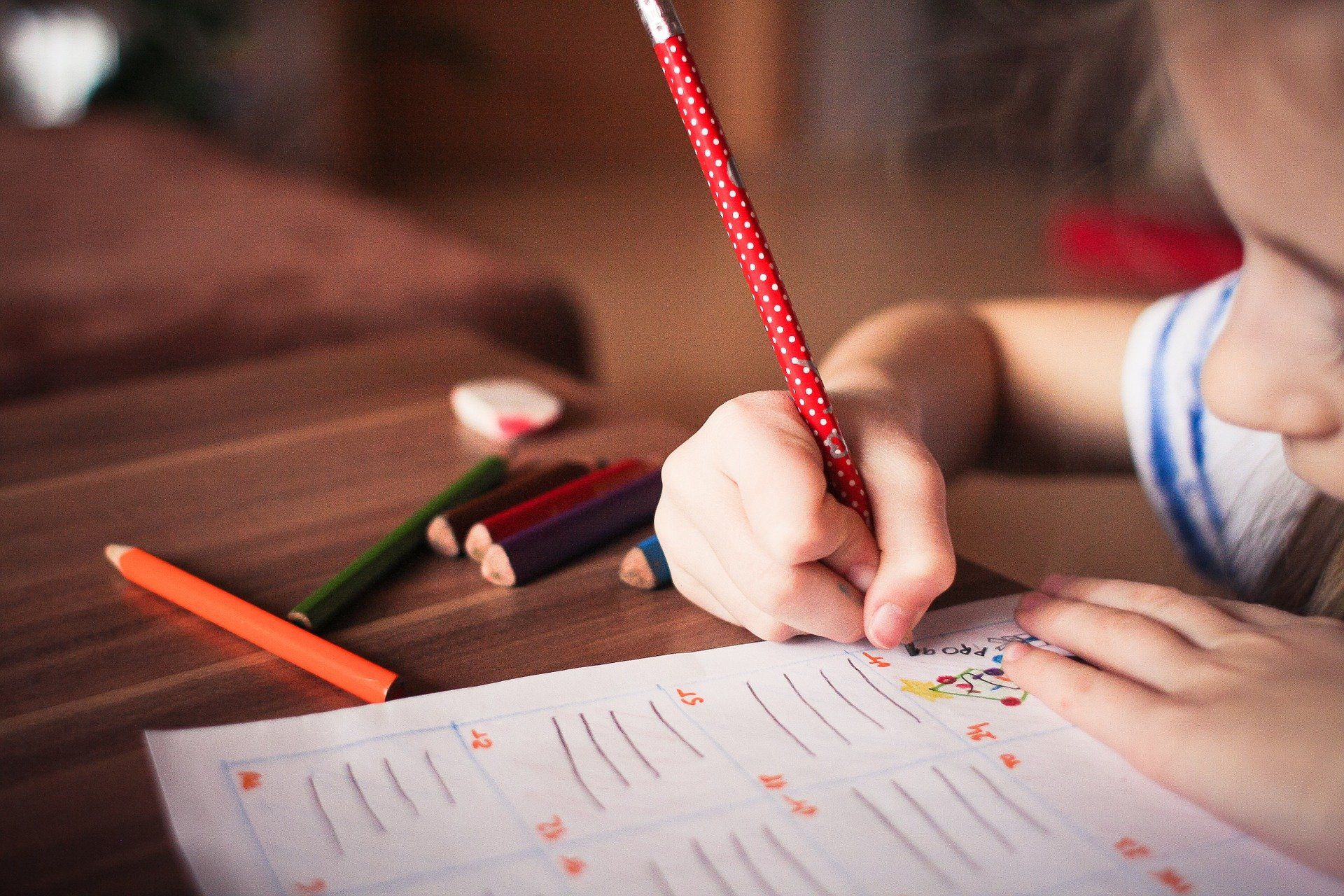3 Top Strategies to Becoming A Better Learner
Share this article
Over the past decades, Neuroscientists have researched the brain and memory processing in relation to teaching and learning. This research, combined with incredible work done by teachers in schools, has revealed that some teaching and learning strategies are more effective than others. Nevertheless, surveys in schools around the globe show that most students still rely on common but ineffective techniques. - Dr Flavia Schechtman Belham.
Research
In 2013, an article written by Prof John Dunlosky thoroughly investigated the 10 most commonly used learning techniques and ranked them from the least to the most effective according to evidence from neuroscience.
He found that the top three strategies were:
- Retrieval Practice
- Distributed Practice, and
- Interleaved Practice.
Retrieval Practice
consists of studying by answering questions and actively bringing information back to mind. This strategy works because the act of retrieving information creates new connections between pieces of knowledge and strengthens students’ understanding of that topic.
Distributed Practice and Interleaved Practice
are all about spreading out study sessions and switching between topics. Combined, they are basically the opposite of cramming. Distributing and interleaving study sessions help to keep information fresh on pupils’ minds and also help them to create more and new connections between prior knowledge and novel content.
In STEM subjects, interleaving problems from different topics teach students how to figure out the correct strategy from the question itself, leading to a deeper understanding of that content. It also helps students to differentiate between similar concepts.
An article written in 2012, by Professor Barak Rosenshine arrived at similar conclusions when analysing strategies used by successful teachers in the classroom. He recommends that teachers start every lesson with a quick review of previous topics. This is effectively done with low-stake quizzes and checking for understanding.
Despite these and many other articles, most school students are still investing time in ineffective learning techniques.
Why don’t students use effective techniques?
Research has shown that 55% of students use rereading as their main revision strategy, while only 11% use retrieval practice.
There seem to be three main reasons why students are still using methods that do not effectively improve their performance and learning. One reason is that students simply do not know about the effective methods.
They are doing what they have always done and, possibly, what their parents and teachers did before, such as highlighting and reading notes over and over again. Looking back at Dunlosky’s paper, these two strategies are at the bottom of his list of effectiveness.
Another reason for few students to use effective learning strategies is that such strategies are usually time-consuming. For example, to use spaced and interleaved practice, students need to plan their revision ahead.
They need to allocate specific time periods to revise each topic, make sure they are interleaved and also ensure that these topics are revisited in the future. Although guides have been written, studying like this is a much more time-consuming and requires more effort than simply cramming the night before an exam.
The third main reason for the low number of pupils using effective strategies is that these techniques are counter-intuitive. That is, when students read notes, for example, it feels like they know that content very well. On the other hand, attempting to retrieve information may reveal that the content is not as mastered as students thought. To change their chosen strategy, students need to be convinced that some difficulty and effort during learning are desirable and are what will ultimately make their knowledge stick.
How can we change that?
As mentioned before, one of the main reasons students do not use effective learning techniques is that they simply do not know them. The first step is that schools discuss these strategies and the science behind them with pupils.
This can be done in the form of assemblies delivered by teachers and invited guests. It can also be done as a collaboration between science teachers and other subjects. For example, psychology and biology teachers can explain some of the cognitive mechanisms behind learning and memory, while the language teachers discuss the structure of a scientific paper, and the maths teachers work with the analyses and interpretation of graphs published in these papers.
Another way to increase the number of students that use evidence-informed learning strategies is to offer them tools that make the process easier. For example, the Youtube channels created by The Learning Scientists and Ali Abdaal are great to give students real examples and templates to use good strategies.
Also, free websites, such as Seneca Learning, are entirely based on the effective strategies mentioned above, which make it easier for students to learn with it. Teachers can also apply the strategies in the classroom. Some blogs have great ideas and suggestions as to how to do that, including The Effortful Educator and A Chemical Orthodoxy, and Science Toolkit.
Conclusion
Cognitive sciences have revealed that some strategies are more effective than others. Retrieval, spaced and interleaved practices are some of these best techniques. However, research has also shown that most students still rely on ineffective strategies that are faster, easier and more common, but do not contribute to long-term learning.
Resources that embed good strategies into their methodologies are powerful tools to change this scenario. Online learning, for example, allows students to interact and engage with the material in ways that printed resources cannot, explicitly telling students about the different techniques and the reason why some of them work better than others is the first step to help pupils become more effective learners.
Share this article
About the Author
Dr Flavia Belham is a certified Science teacher and has worked in schools. She applies experimental findings from Neuroscience to the Seneca Learning platform. During her PhD in Cognitive Neuroscience at University College London (UCL), she used behavioural and brain imaging techniques to investigate how people of different ages memorise emotional events,






